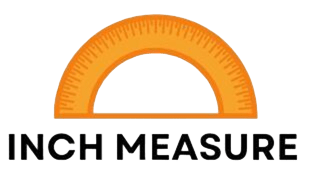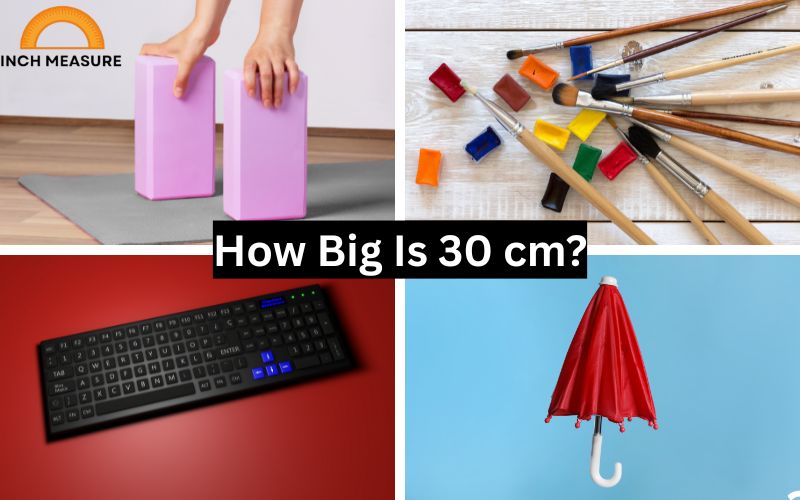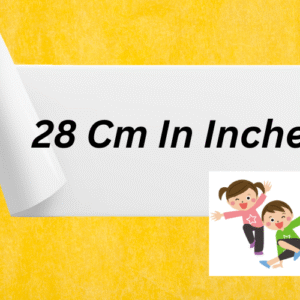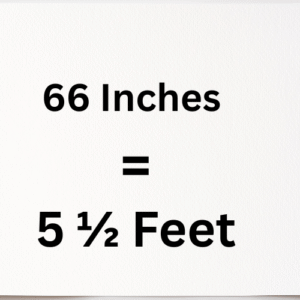Understanding measurements like 30 centimeters (cm) is essential for everyday tasks, from home projects to shopping or visualizing object sizes. This article delves into the concept of 30 cm, providing context, comparisons, and practical examples to help you grasp its scale. We’ll explore its equivalents in other units, visualize it through common objects, and discuss its relevance in various fields, including 11 specific items that are approximately 30 cm long. Each section offers detailed insights to ensure a comprehensive understanding of this measurement.
What is 30 Centimeters in Context?
The centimeter is a unit of length in the metric system, equal to one-hundredth of a meter. At 30 cm, we’re talking about a length that’s roughly one-third of a meter. To put this into perspective, 30 cm is equivalent to 300 millimeters (mm) or 0.3 meters. In imperial units, 30 cm is approximately 11.81 inches, just shy of a foot (12 inches). This makes it a versatile measurement, often encountered in daily life, whether measuring furniture, tools, or personal items.
Visualizing 30 cm can be easier when compared to familiar objects. For instance, it’s about the length of a standard ruler used in schools or the width of a typical laptop screen. This measurement is significant in contexts like design, where precision matters, or in casual settings, like estimating the size of a book. Understanding 30 cm helps bridge the gap between metric and imperial systems, making it easier to communicate sizes globally.
In practical terms, 30 cm is a manageable length—neither too small to be insignificant nor too large to be unwieldy. It’s a common dimension in product specifications, from kitchen appliances to clothing. By grasping its scale, you can better interpret measurements in catalogs, blueprints, or DIY projects, ensuring accuracy and clarity in your endeavors.
Converting 30 Centimeters to Other Units
To fully appreciate the size of 30 cm, converting it to other units provides additional context. As mentioned, 30 cm equals 300 mm or 0.3 meters in the metric system. In the imperial system, 30 cm is approximately 11.81 inches, which is close to one foot but slightly shorter. For those more familiar with feet and inches, you can think of 30 cm as just under one foot, making it relatable to everyday measurements like a shoebox’s length.
In less common units, 30 cm is about 0.984 feet or 0.328 yards. For scientific or technical purposes, it’s also 0.0003 kilometers or 300,000 micrometers. These conversions highlight the versatility of 30 cm across different scales, from microscopic to larger distances. For international audiences, especially in countries using the imperial system, knowing that 30 cm is nearly a foot simplifies communication.
Conversions are particularly useful in fields like engineering, where precise measurements are critical, or in international trade, where product dimensions must be clear across systems. Tools like rulers, tape measures, or digital converters can help confirm these equivalencies, ensuring accuracy in tasks like cutting materials or sizing objects. Understanding these conversions also aids in visualizing 30 cm in contexts where metric units aren’t the default, enhancing practical application.
Visualizing 30 Centimeters in Everyday Life
Visualizing 30 cm can be challenging without tangible references, but everyday objects make it easier. Imagine the length of a standard school ruler, which is typically 30 cm long. This is a familiar benchmark for many, as rulers are used in classrooms, offices, and homes worldwide. Holding a ruler gives you a direct sense of 30 cm’s scale, making it a practical starting point.
Another way to visualize 30 cm is through the width of a medium-sized laptop screen (diagonally, many are around 13 inches, with widths close to 30 cm). Picture the distance from one side of the screen to the other—it’s a compact yet noticeable length. Similarly, 30 cm is about the height of a stack of 10 standard paperback books, giving a sense of vertical scale.
In spatial terms, 30 cm is roughly the distance from your elbow to your wrist, depending on your arm size. This body-based reference helps internalize the measurement without tools. For those in creative fields, 30 cm might be the length of a sketchpad or the width of a small canvas, grounding the measurement in practical applications. These visualizations make 30 cm more relatable, bridging abstract numbers with real-world objects.
11 Common Items That Are Approximately 30 Centimeters Long
To further illustrate the size of 30 cm, here are 11 common items that measure approximately 30 cm in length, each with a detailed description to provide context and clarity.
1. Standard School Ruler
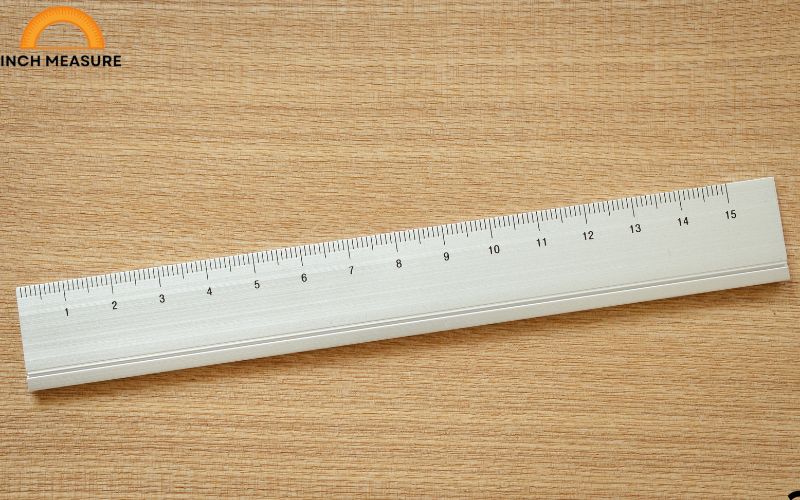
A standard school ruler is perhaps the most iconic item measuring 30 cm. Used in classrooms globally, these rulers are designed for precision, with clear markings for centimeters and millimeters. Made of plastic, wood, or metal, they’re durable and portable, making them a go-to tool for students, artists, and professionals. Holding a 30 cm ruler gives an immediate sense of the measurement, as it’s a tangible, everyday object found in pencil cases and desks worldwide.
2. A4 Paper (Long Side)
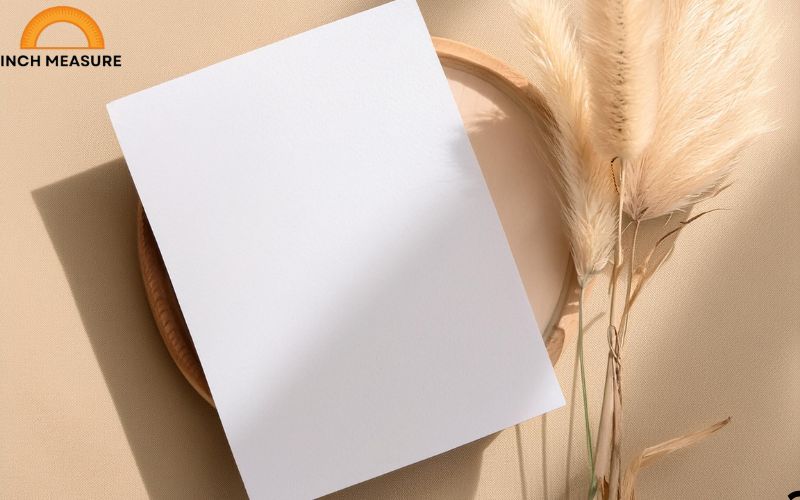
A4 paper, a standard size for printing and writing, measures 29.7 cm in length, very close to 30 cm. Used in offices, schools, and homes, A4 sheets are familiar to many. Visualizing the long side of an A4 sheet helps conceptualize 30 cm, especially when handling documents or planning layouts. Its near-exact match makes it a practical reference for anyone working with paper-based projects.
3. Medium-Sized Laptop (Width)

The width of a medium-sized laptop, such as a 13-inch model, is often around 30 cm. This includes popular devices like MacBooks or ultrabooks. The laptop’s width, from edge to edge, provides a modern, tech-related reference for 30 cm. Since laptops are ubiquitous in work and personal life, this comparison is relatable, especially for those accustomed to measuring screen sizes or device dimensions.
4. Kitchen Cutting Board
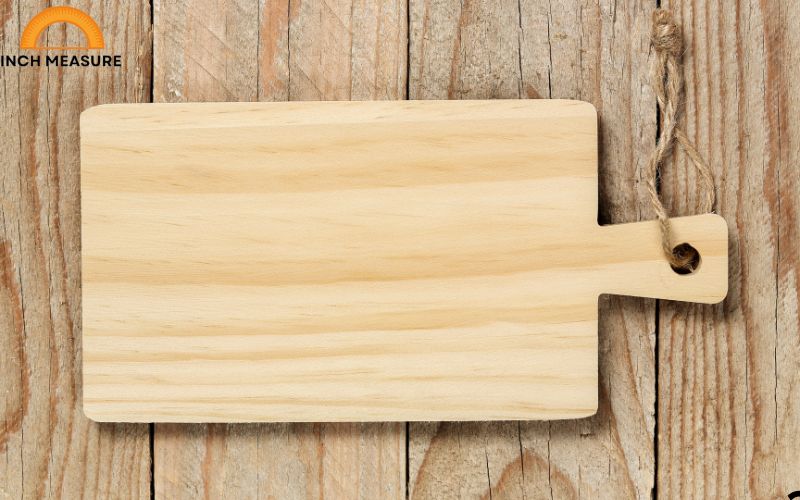
Many medium-sized kitchen cutting boards measure approximately 30 cm in length or width. Used for chopping vegetables or preparing meals, these boards are a staple in households. Their size makes them versatile for various tasks, and visualizing a cutting board’s length offers a practical, home-based reference for 30 cm, connecting the measurement to daily cooking routines.
5. Standard Shoebox
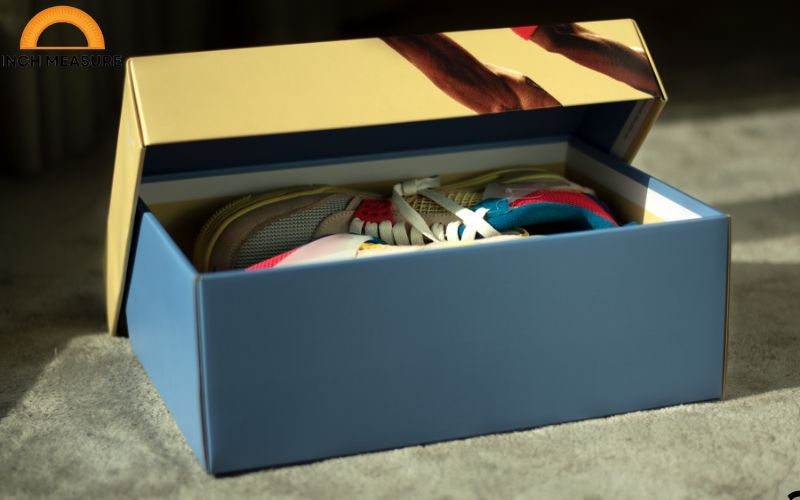
A standard shoebox for adult-sized shoes often measures around 30 cm in length. Used for storing sneakers or dress shoes, these boxes are familiar to most people. Picture the box that holds your favorite pair of shoes—its length is a close match to 30 cm, making it an accessible way to visualize the measurement in retail or organizational contexts.
6. Hardcover Book
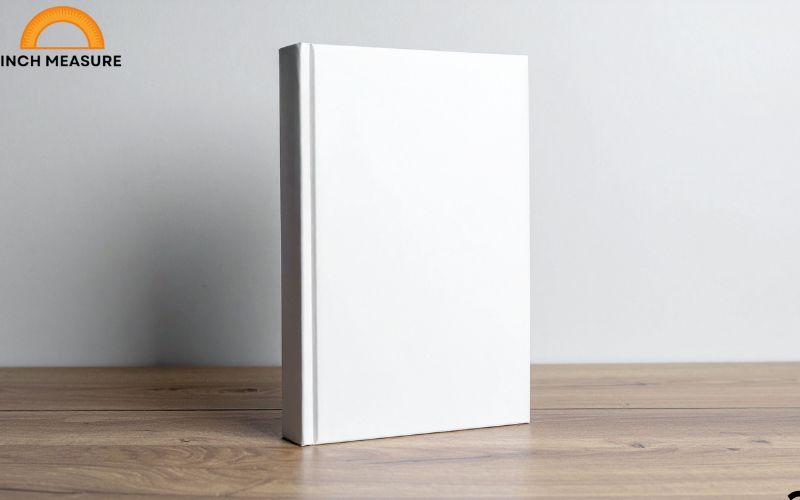
Many hardcover books, such as novels or textbooks, have a height or length of about 30 cm. This is especially true for larger formats, like coffee table books or academic texts. Stacking a few books and noting their combined height can help visualize 30 cm, particularly for book lovers or students who handle these items regularly.
7. Small Umbrella (Closed)
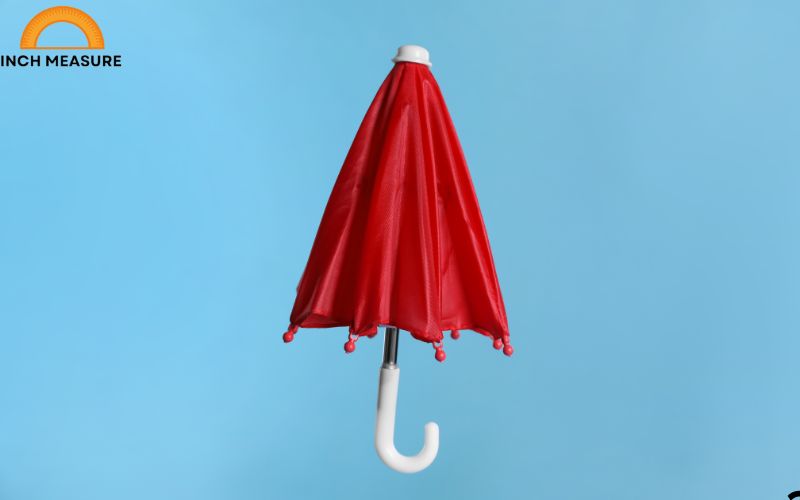
A compact, foldable umbrella, when closed, is often around 30 cm long. These umbrellas are designed for portability, fitting easily into bags or backpacks. Visualizing a closed umbrella provides a practical reference for 30 cm, especially for those who carry one during rainy seasons, connecting the measurement to weather-related gear.
8. Ruler-Length Paintbrush
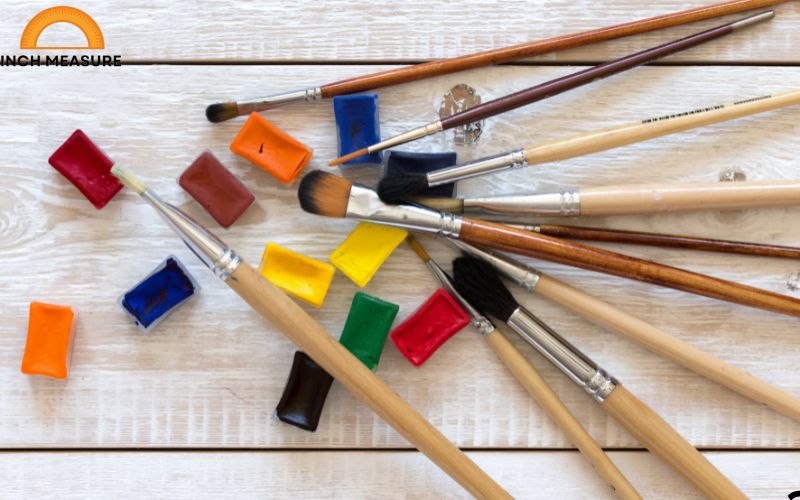
Professional-grade paintbrushes or artist’s tools, like those used for watercolor or oil painting, often have handles around 30 cm long. These brushes are designed for precision and balance, and their length is a perfect match for 30 cm. Artists or hobbyists can relate to this reference, tying the measurement to creative pursuits.
9. Standard Keyboard (Width)
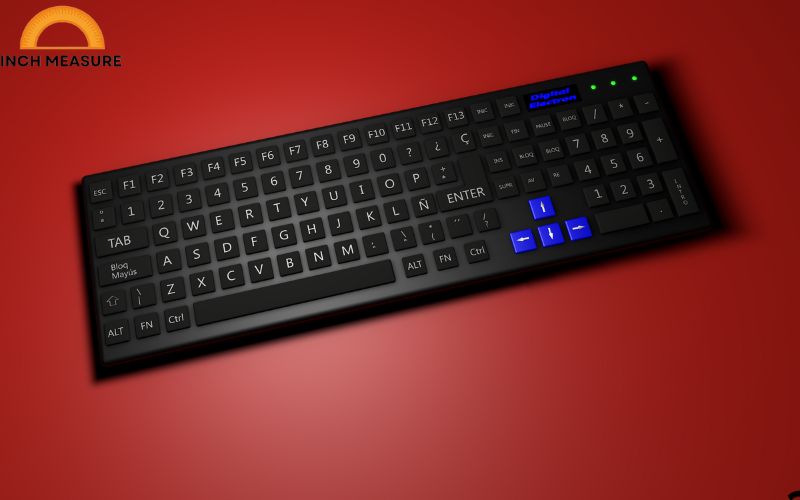
The width of a compact or standard computer keyboard is often close to 30 cm. This includes tenkeyless keyboards, which lack a numeric keypad. Since keyboards are a daily tool for many, their width offers a tech-savvy way to visualize 30 cm, especially for those working in offices or gaming setups.
10. Large Pizza Box (Side)
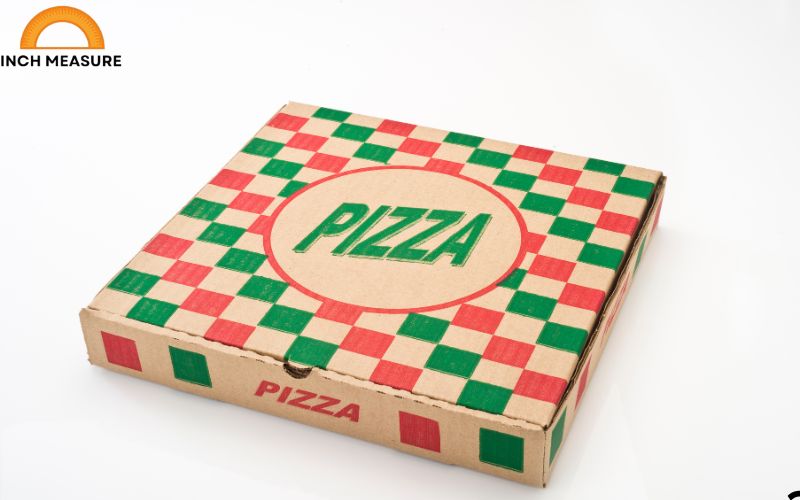
A large pizza box often has sides measuring around 30 cm, depending on the pizza size (e.g., a 12-inch pizza). These boxes are familiar to anyone who’s ordered takeout, making them a relatable reference. Visualizing the side of a pizza box connects 30 cm to food and dining experiences, grounding the measurement in a social context.
11. Yoga Block
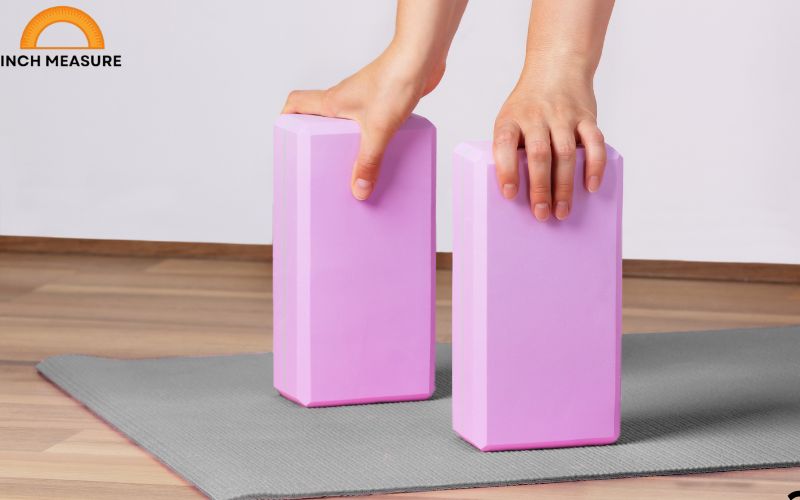
A standard yoga block, used for support in poses, typically measures about 30 cm in length. These blocks are common in fitness studios and home workouts, offering a tactile reference for 30 cm. For those practicing yoga or fitness enthusiasts, this item makes the measurement relatable to health and wellness activities.
Why 30 Centimeters Matters in Design and Engineering
In design and engineering, 30 cm is a critical measurement due to its balance of scale and precision. In product design, items like monitors, shelves, or tools are often sized around 30 cm to fit human ergonomics. For example, a 30 cm shelf depth is ideal for books or decorative items, balancing space efficiency with functionality. Engineers use this measurement in prototyping, ensuring components fit within specified dimensions.
In architecture, 30 cm might represent the width of a structural element, like a beam or a tile. Precision at this scale ensures stability and aesthetic harmony. In fashion, 30 cm could be the length of a handbag or the width of fabric panels, influencing style and usability. Understanding 30 cm in these contexts helps professionals create functional, user-friendly products, highlighting its importance in technical fields.
30 Centimeters in Nature and Science
In nature, 30 cm appears in various contexts, offering a bridge between human measurements and the natural world. For instance, many small animals, like certain species of fish or rodents, have body lengths around 30 cm. In botany, the height of young plants or the length of certain leaves can approximate this size, aiding in species identification.
In science, 30 cm is relevant in experiments or equipment design. For example, lab rulers or measuring tapes often use 30 cm as a standard length for convenience. In physics, 30 cm might represent the wavelength of certain electromagnetic waves or the size of a small apparatus. Recognizing 30 cm in these contexts helps scientists and researchers quantify observations, connecting the measurement to natural phenomena and experimental setups.
Practical Applications of 30 Centimeters in Daily Life
In daily life, 30 cm is a practical measurement for numerous tasks. In home improvement, it’s the length of a typical wall tile or the depth of a small shelf, guiding purchases and installations. In cooking, a 30 cm pan or cutting board is ideal for preparing meals for small families. For students, a 30 cm ruler is a staple for geometry or art projects.
In sports, 30 cm might be the length of a small dumbbell or the width of a yoga mat section, influencing equipment choices. In gardening, 30 cm could be the spacing between plants for optimal growth. These applications show how 30 cm integrates into routine activities, making it a relatable and functional measurement for everyday tasks.
Cultural and Historical Significance of 30 Centimeters
The metric system, including centimeters, was developed during the French Revolution to standardize measurements. While 30 cm itself isn’t a culturally significant number, its role in the metric system reflects a global push for uniformity. In countries using the metric system, 30 cm is a standard reference in education, trade, and industry, symbolizing precision.
Historically, rulers and measuring tools were crafted to approximate lengths like 30 cm, even before the metric system’s adoption. In modern times, 30 cm appears in global product standards, from paper sizes to furniture dimensions, reflecting its universal relevance. Understanding its historical context highlights how measurements like 30 cm have shaped commerce, education, and technology worldwide.
Challenges in Estimating 30 Centimeters Without Tools
Estimating 30 cm without a ruler or tape measure can be tricky, especially for those less familiar with the metric system. One challenge is the lack of intuitive references—unlike a foot, which aligns with common objects like a shoe, 30 cm is slightly less instinctive for some. Using body parts, like the forearm (elbow to wrist), can help but varies by person, leading to inaccuracies.
Environmental factors, like perspective or distance, can also distort estimates. For example, judging 30 cm on a large object might feel different than on a small one. Practicing with known 30 cm objects, like a ruler or A4 paper, can improve estimation skills. These challenges highlight the importance of familiarizing oneself with 30 cm through practical, hands-on experience.
Tips for Measuring 30 Centimeters Accurately
To measure 30 cm accurately, use a ruler or tape measure marked in centimeters for precision. If tools aren’t available, reference objects like A4 paper (29.7 cm) or a forearm’s length as approximations. For digital measurements, apps or software with measurement tools can convert pixels to centimeters based on screen scaling.
For consistent results, ensure your measuring surface is flat and your tool is aligned properly. Double-check measurements by comparing them to known 30 cm objects, like a ruler or shoebox. In professional settings, calibrate tools regularly to avoid errors. These tips ensure accuracy, whether for DIY projects, crafting, or technical work, making 30 cm a reliable benchmark.
30 Centimeters in Global Contexts
Globally, 30 cm is a universal measurement due to the metric system’s widespread adoption. In countries like the United States, where imperial units dominate, 30 cm (about 11.81 inches) is still relevant in international trade, science, and education. For example, product packaging often lists dimensions in both systems, with 30 cm appearing frequently for items like electronics or furniture.
In developing nations, 30 cm might be used in construction or agriculture, such as spacing crops or sizing building materials. In education, metric-based curricula emphasize measurements like 30 cm, fostering global consistency. Understanding 30 cm’s role in these contexts highlights its importance in facilitating communication and standardization across borders, making it a key measurement in a connected world.
You May Also Need To Know: How Tall Is 71 Inches?
Conclusion
Thirty centimeters may seem like a simple measurement, but its impact is profound, weaving through the fabric of daily life, science, and global industries. This exploration has revealed its versatility—whether it’s the length of a ruler guiding a student’s sketch, the width of a laptop shaping our digital world, or the spacing of plants in a garden. By connecting 30 cm to tangible objects like A4 paper, shoeboxes, and yoga blocks, we’ve grounded an abstract number in the familiar, making it accessible and meaningful. Its conversions to imperial units, like 11.81 inches, bridge global measurement systems, while its presence in design, engineering, and nature underscores its universal utility. From historical standardization to modern applications, 30 cm proves to be more than a number—it’s a tool for precision, creativity, and connection. Next time you encounter this measurement, whether in a blueprint, a recipe, or a workout, you’ll see it as a familiar friend, quietly shaping the world with its perfectly balanced scale.
Convert Inches to Meters, cm, mm, and Feet
Converted Values:
Meters (m): 1.016
Centimeters (cm): 101.60
Millimeters (mm): 1016.00
Feet (ft): 3.33
